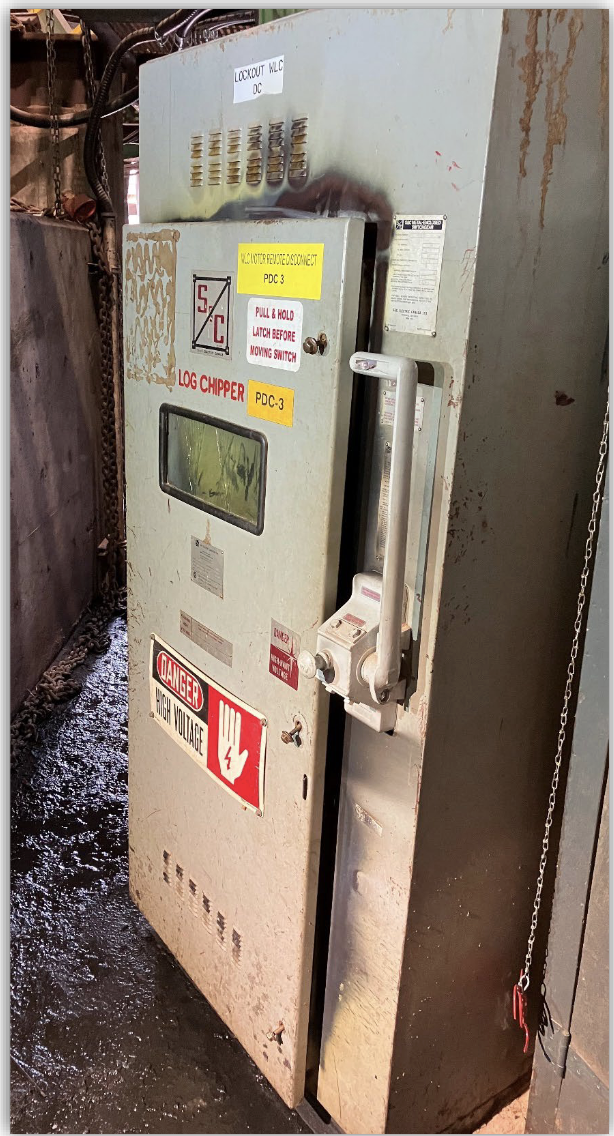 A cleaning crew member, with no electrical qualifications, switched on a high voltage (2200V 3Ph) electrical switch for a piece of equipment after it had been locked out. The worker’s hand was burnt by escaping arc gasses and flames coming through a damaged door gasket.
A cleaning crew member, with no electrical qualifications, switched on a high voltage (2200V 3Ph) electrical switch for a piece of equipment after it had been locked out. The worker’s hand was burnt by escaping arc gasses and flames coming through a damaged door gasket.
- The equipment has a 2100-volt ac synchronous motor that is used for power factor correction. Power factor correction is used to limit power consumption.
- The alternating current control and contactor was located approximately 75 meters away from the incident location in the high voltage vault.
- Over current protection 400 amp 5 KV fuses.
- Local disconnect (unfused) was located beside the WLC motor.
- Stop/Start control station was located on the upper landing, which is not visible from the disconnect location below.
- The direct current field disconnect includes an interlock.
The machine had been turned off and locked out. The site foreman later turned back on the remote contacter to power up the machine but there was still a lock from the clean-up worker on the local disconnect. The clean-up worker without electrical qualifications later removed their own lock from the local disconnect and moved the switch handle upward to power it on. The machine then started up and was drawing load. The clean-up worker panicked and moved the disconnect switch back to the lowered, disconnected position.
The site-specific lock-out procedures were not followed with respect to the reenergization of the equipment.
When the switch was opened under load, the high voltage bridged the gap, and an arc flash occurred. The switch was not designed to be opened under load, and the arc flash exited through the gasket and contacted the clean-up worker resulting in moderate burns.
